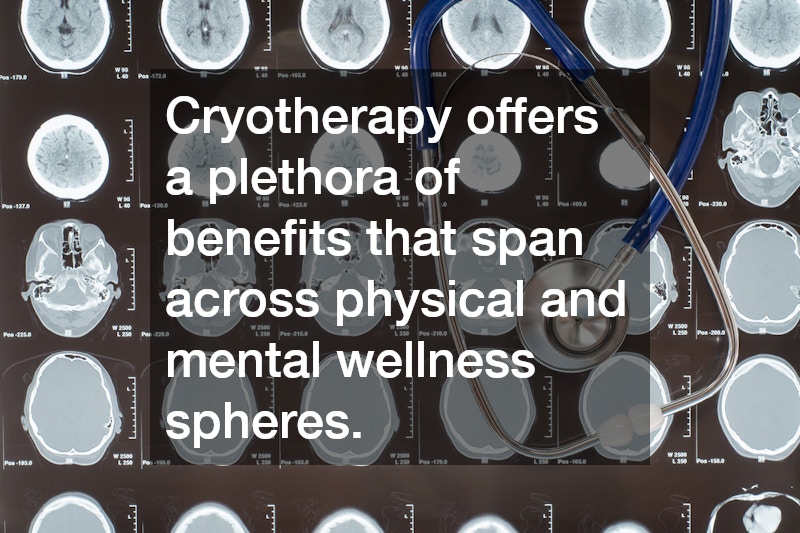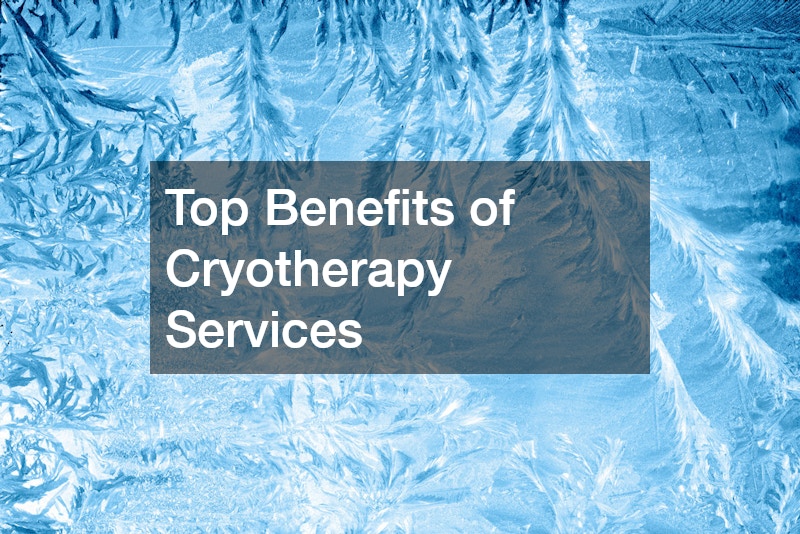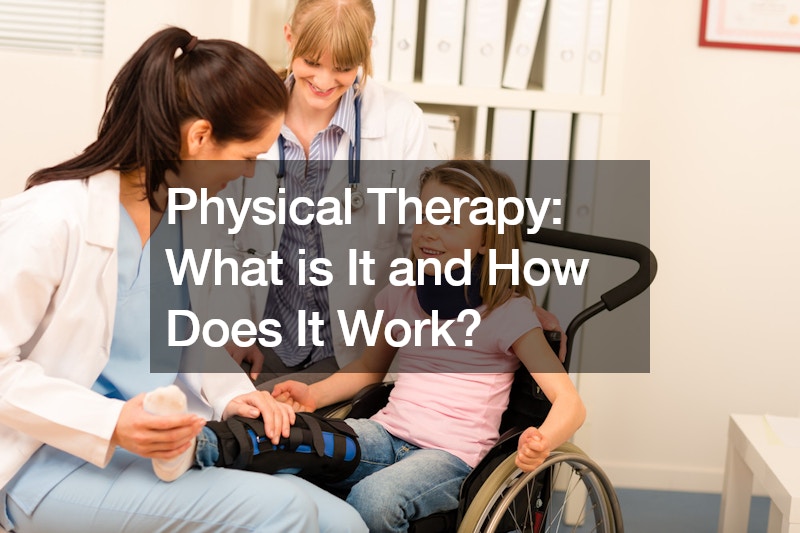
Cryotherapy has gained significant traction in recent years, thanks to its promising benefits in health and wellness. This innovative therapy involves exposing the body to extremely cold temperatures for a brief period, which may offer numerous potential health benefits. As more individuals seek alternative wellness treatments, cryotherapy’s popularity continues to rise, driven by positive testimonials and increasing accessibility.
How Does Cryotherapy Work?
The Science Behind Cryotherapy
The scientific foundation of cryotherapy services is based on the body’s reaction to extreme cold. Exposure to low temperatures triggers vasoconstriction, which helps reduce inflammation and can mitigate pain in targeted areas.
The body’s response to cold can also lead to endorphin release, which contributes to pain relief and a sense of euphoria.
During cryotherapy, temperatures can drop to as low as -110 degrees Celsius for a short period, usually between two to four minutes. The drastic drop in temperature causes the body to enter a state of thermogenesis, where it works to maintain its core temperature. This process can potentially enhance circulation, improve oxygen and nutrient supply to tissues, and promote faster healing.
Types of Cryotherapy Treatments
Cryotherapy comes in various forms, with the most common being whole-body cryotherapy and localized cryotherapy. Whole-body cryotherapy involves entering a chamber filled with nitrogen-cooled air, which surrounds the body with frigid temperatures. This type of therapy is often favored by athletes and individuals seeking systemic benefits.
Localized cryotherapy, on the other hand, targets specific areas of the body, such as joints or muscles. This treatment is particularly effective for addressing acute injuries or areas with chronic pain, offering focused relief. Both types of cryotherapy serve unique purposes, providing users with options tailored to their specific needs.
What to Expect During a Cryotherapy Session
Before undergoing cryotherapy, it’s important to be adequately prepared to ensure optimal results and safety. Participants are advised to wear minimal clothing, typically undergarments, along with protective gear such as gloves, socks, and earmuffs to avoid frostbite. Hydration and a brief health assessment are recommended to ensure there are no contraindications to treatment.
During the session, individuals stand or lay in a cryotherapy chamber or have a specific area targeted with cold treatment. The duration usually ranges from two to four minutes, during which the exposed areas of the body interact with subzero temperatures. It’s common to experience an immediate sensation of cold, followed by a rapid warming effect once the session concludes.
What Are the Health Benefits of Cryotherapy?
Pain Relief and Muscle Recovery
Cryotherapy is lauded for its capacity to relieve pain and expedite muscle recovery, making it a favorite among athletes and active individuals. The rapid cooling effect reduces inflammation and swelling in overworked or injured muscles. This allows athletes to recover more quickly, enhancing performance and reducing downtime between training sessions.
For individuals with chronic pain conditions, such as arthritis or fibromyalgia, cryotherapy offers an alternative to traditional pain management techniques. The anti-inflammatory response provides a natural and non-invasive way to manage pain symptoms. Regular treatments can lead to prolonged relief, improving the quality of life for those suffering from chronic pain ailments.
Boosting Immune Function and Metabolism
Exposure to cold temperatures during cryotherapy sessions stimulates the production of norepinephrine, a hormone that supports immune function. This bolstered immune response can enhance the body’s defense mechanisms against infections and illnesses. Consistent cryotherapy sessions may contribute to a stronger, more resilient immune system.
Cryotherapy also influences metabolism by encouraging the body’s natural thermogenic process. In response to the cold, the body burns additional calories to generate heat, which can aid in weight management and fat reduction. The metabolic boost provided by regular cryotherapy sessions complements exercise and dietary efforts towards maintaining a healthy weight.
Improving Mental Health and Well-being
Beyond physical health benefits, cryotherapy has demonstrated significant potential in enhancing mental health and overall well-being. The release of endorphins and enhanced mood post-treatment are attributed to the body’s physiological response to intense cold exposure. This can lead to reduced feelings of stress, anxiety, and depression.
For individuals battling mental health challenges or high-stress levels, cryotherapy provides a non-pharmacological approach to improving mood. The therapy’s rapid action presents immediate relief, making it appealing for those seeking quick stress reduction. Over time, regular sessions may contribute to long-term improvements in mental clarity and emotional resilience.
Conclusion
In summary, cryotherapy offers a plethora of benefits that span across physical and mental wellness spheres. From pain relief and muscle recovery to immune enhancement and stress reduction, this therapy holds significant potential for improving overall health. As more research supports its efficacy, cryotherapy continues to solidify its role as a valuable component of modern wellness practices.
.




